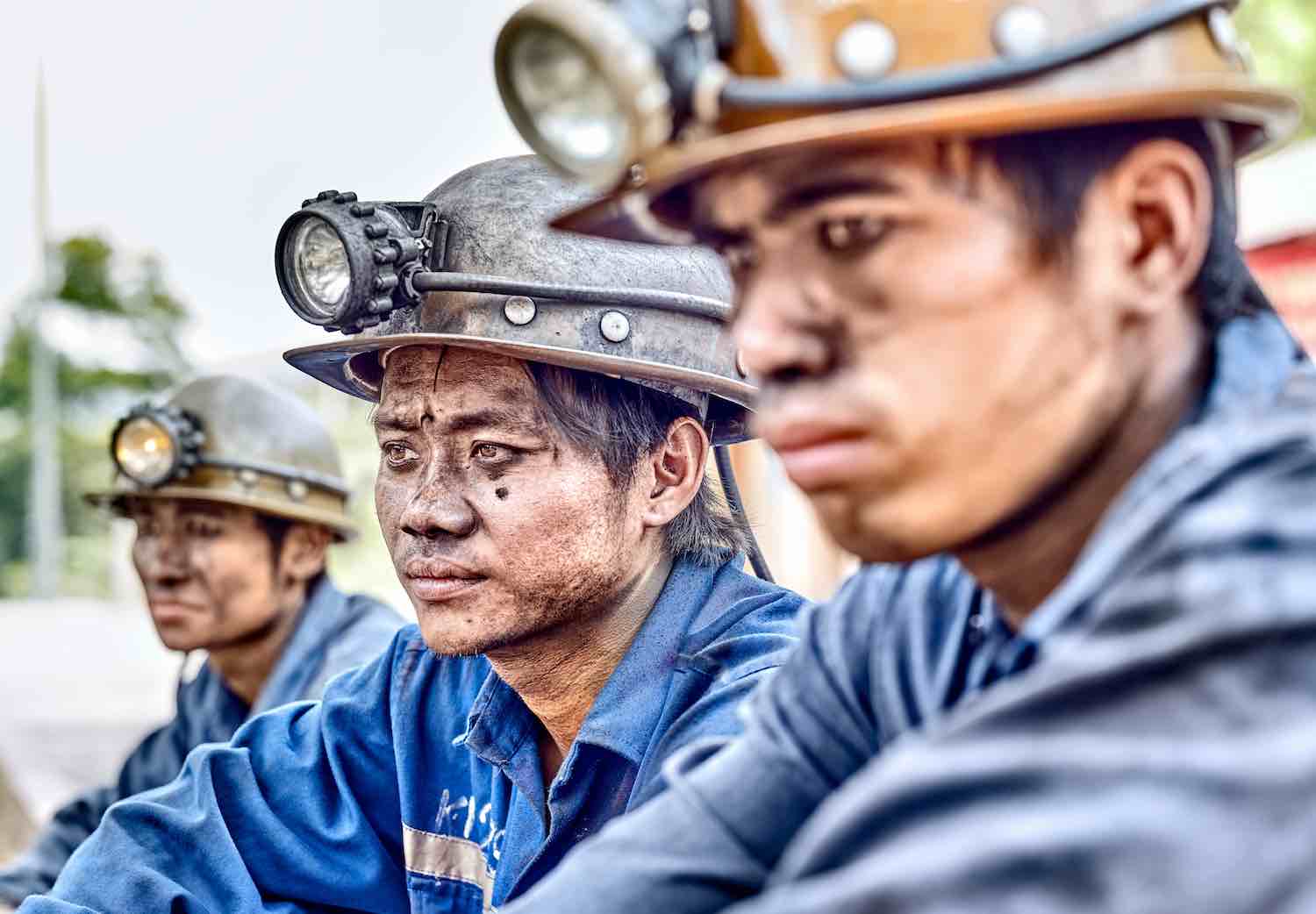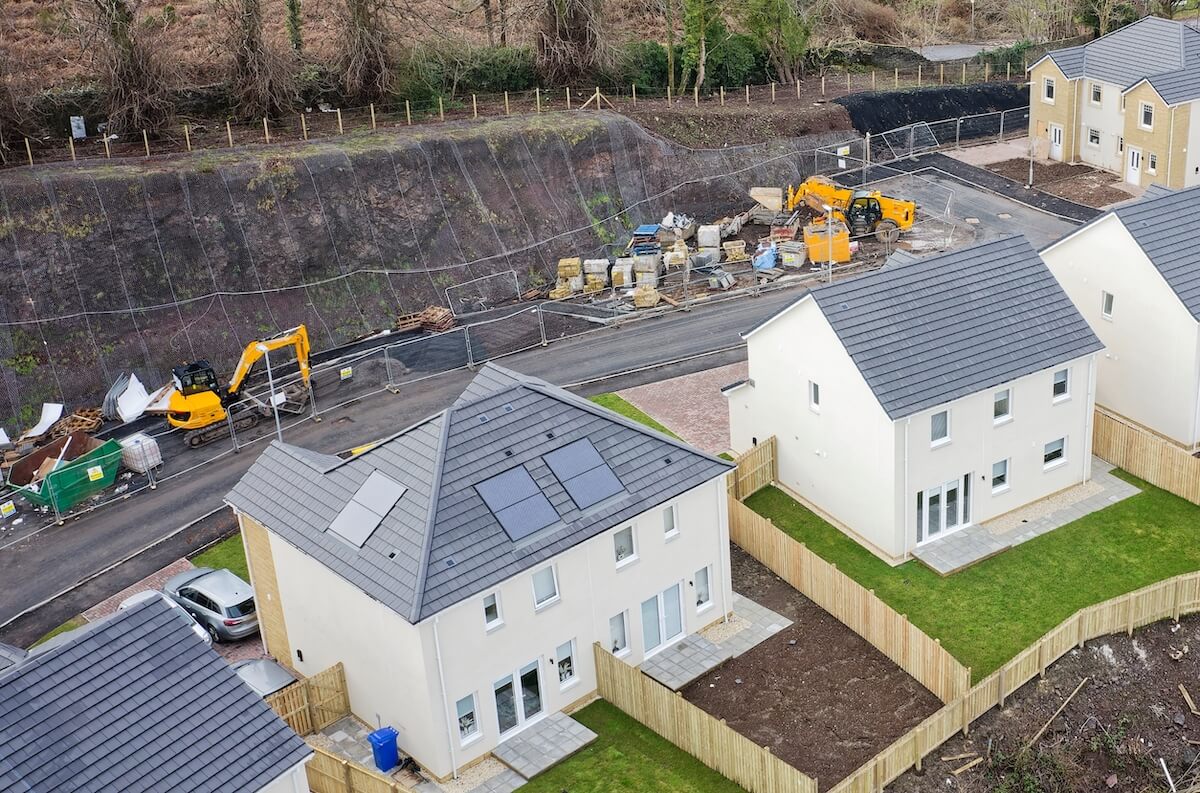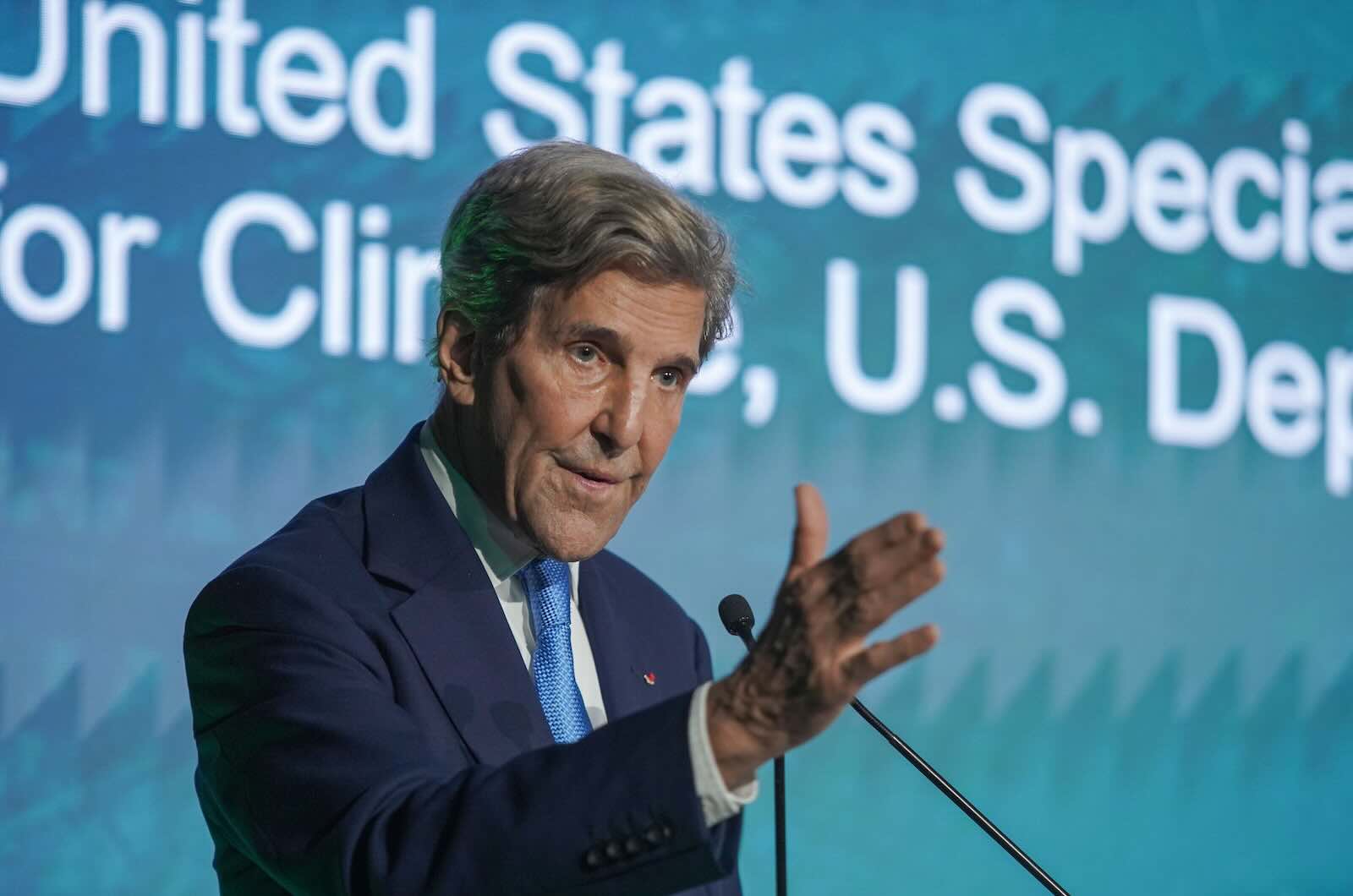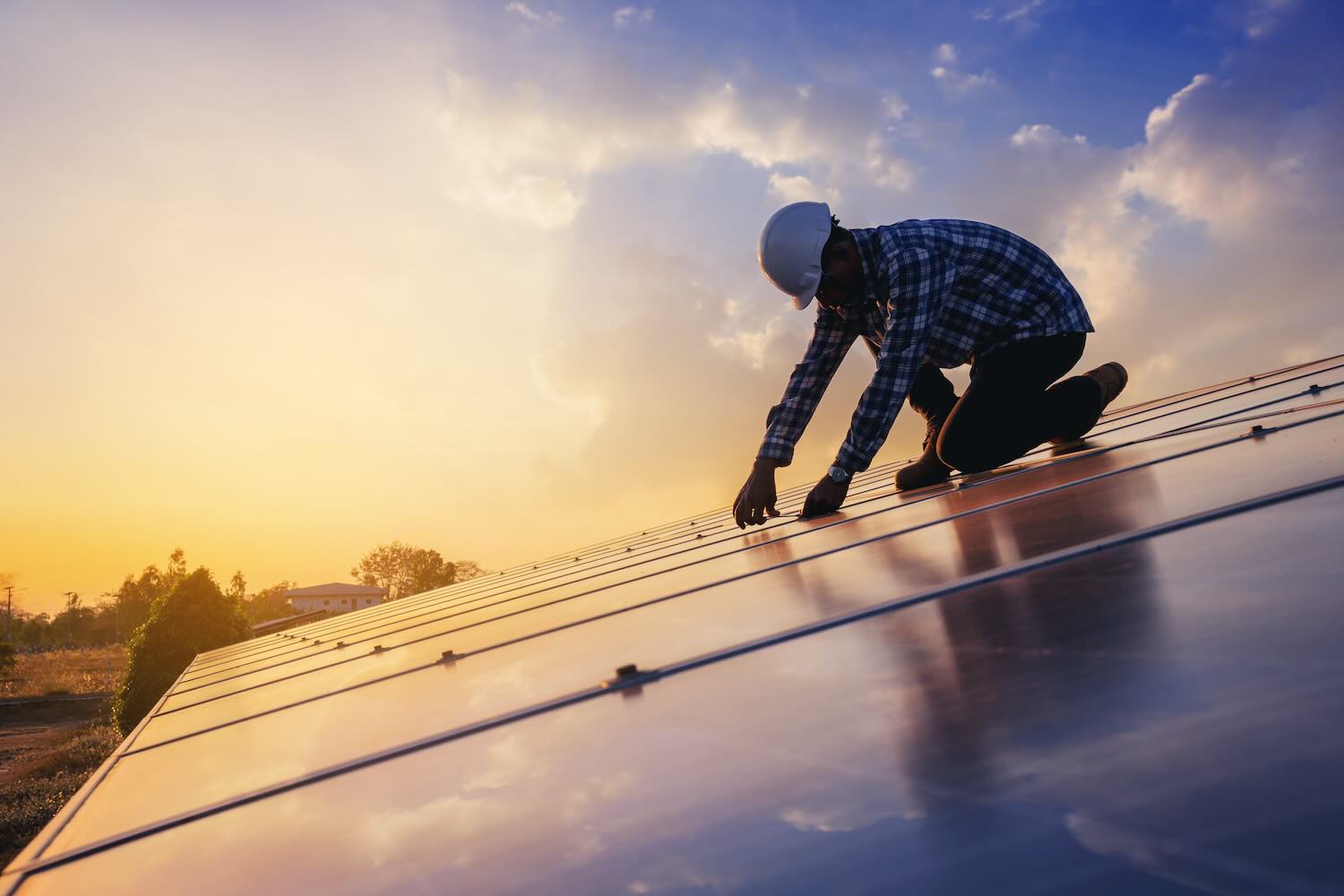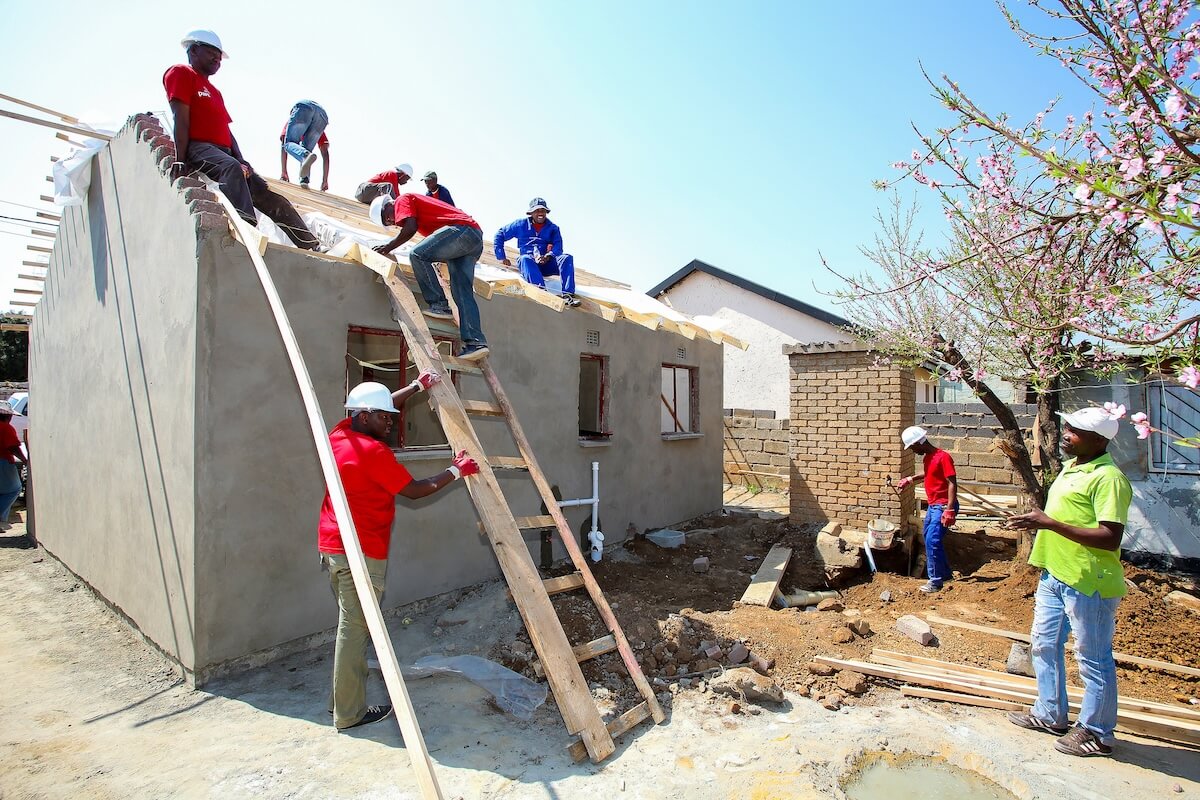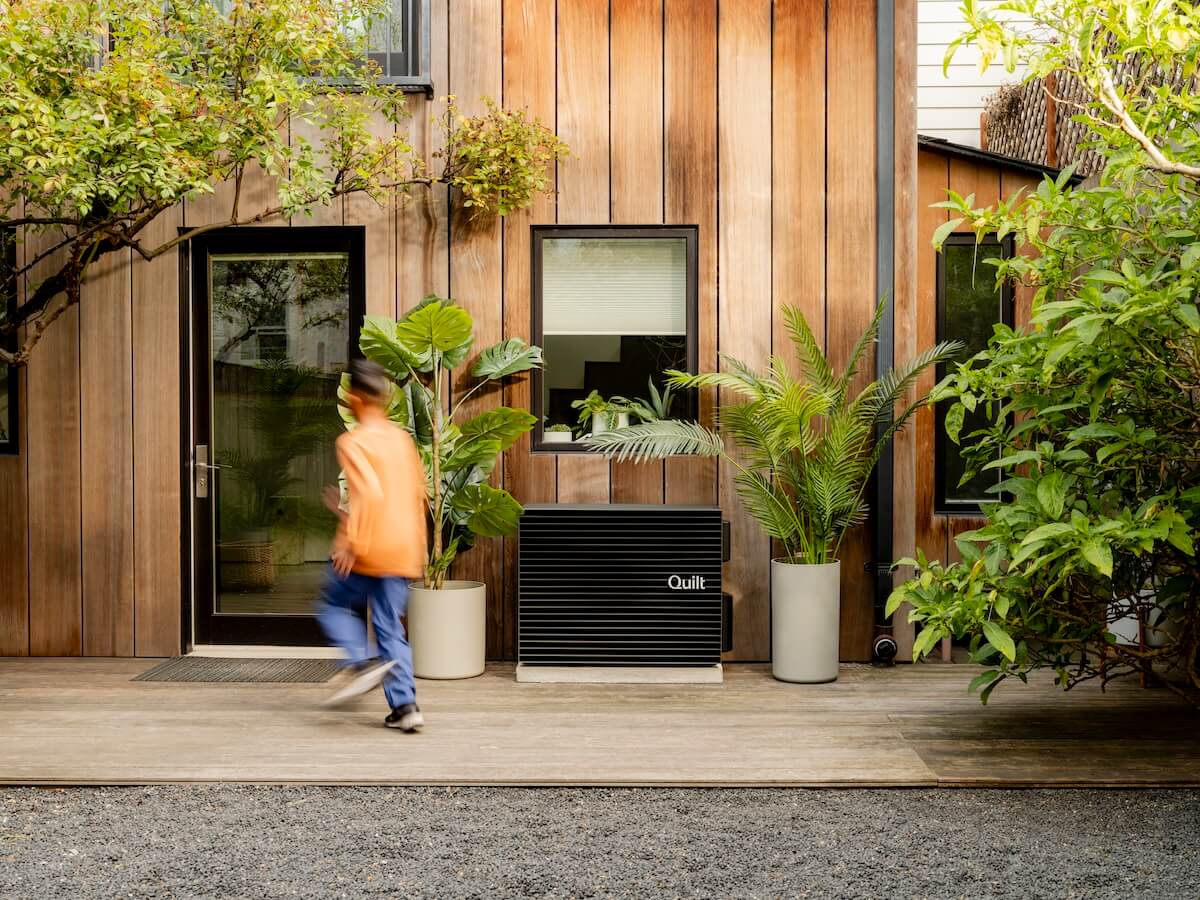Important progress is underway on climate finance to developing countries, although you may have missed it in COP27 read-outs. The legacy of the Egypt gathering will be the creation of a Loss and Damage (L&D) Fund that, theoretically, will help poor countries recover from increasingly frequent and devastating climate-related events.
At the moment, the L&D Fund is merely a freshly opened, depressingly empty bank account. No decisions were made in Egypt regarding how much money will go in the bank account, who will deposit it, when it will be deposited, who can withdraw it, or for what purpose.
Yet developments mostly outside the COP27 negotiating text across three other critical fronts hold potential for shifting the underlying dynamics holding back low-carbon investment in low- and middle-income countries (LMICs): carbon markets, Just Energy Transition Partnerships, and reform of the development finance institutional architecture.
These are the areas where engagement from governments, private sector actors, civil society and researchers hold the most promise for moving the needle on investment in 2023 and beyond.
Carbon markets
Any discussion on scaling climate and development investment begins and ends with private markets. Total private assets under management worldwide was just $250 billion in the 1950s, but today private banks, insurers, and institutional investors representing $130 trillion in assets have committed to net-zero portfolios by 2050. Yet, net-zero plans largely exclude places like Africa. While more than 90% of climate investment in places like the US and Canada is sourced privately, sub-Saharan Africa must rely on foreign public sources for 90% of climate investment—an insecure, insufficient and unsustainable investment strategy if there ever was one.
Into this void, momentum is building to use carbon markets to drive more private capital into LMICs. US Special Envoy for Climate John Kerry, flanked by the Rockefeller Foundation, Bezos Earth Fund, Sustainable Energy for All, the Environmental Defense Fund, Microsoft, and Pepsico announced a new “Energy Transition Accelerator” (ETA) at COP27, intended to catalyze private capital to accelerate the deployment of renewables and the retirement of fossil assets in LMICs through carbon markets. The ETA seeks to generate scale by aggregating projects across national and subnational jurisdictions as investment destinations that yield carbon credits. Through voluntary carbon markets (VCM), large corporates and others could essentially invest in a country or community’s emissions-reduction efforts and glean credits that offset their own emissions.
The “Africa Carbon Markets Initiative,” (ACMI) was also inaugurated at CO27, with backing from Global Energy Alliance for People and Planet (GEAPP), SEforALL, and the UN Economic Commission for Africa. It similarly aims to support the development of the VCM, with goals of generating 300 million tons of carbon reductions and $6 billion in revenues by 2030.
The viability of the these initiatives rests in large part on whether a high-integrity framework can be established that puts rules and guardrails around a VCM that currently is non-transparent, small, and fragile. While the total value of carbon markets globally is roughly $850 billion, nearly all of that rests in compliance and limited-access markets, like the EU’s Emissions Trading Scheme (ETS). Just $2 billion is transacted annually through voluntary markets, where offset projects in LMIC markets are in play.
These projects are often small-scale, philanthropically- or CSR-driven, and vary greatly in terms of the quality of carbon and development benefits. The markets are also dominated by highly variable over-the-counter (OTC) transactions between a single buyer and seller, rather than transactions on exchange platforms that can be readily scaled. The lack of price transparency in the market leaves open questions of who benefits from these projects; the answers to which swing wildly among projects.
Smart people are already working to strengthen and build confidence in the VCM. With the ETA and ACMI driving heightened engagement and buy-in, look for the Integrity Council for the Voluntary Carbon Market to issue a new set of high-integrity principles in 2023, as well as the Voluntary Carbon Markets Integrity Initiative to issue standards for corporates on Paris-aligned offsets.
Whether the VCM reaches its full potential—estimated at up to $50 billion by 2030 according to the Taskforce on Scaling Voluntary Carbon Markets—also depends on whether the World Bank and IMF can be market makers. IMF managing director Kristalina Georgieva suggested at COP27 that countries could use carbon credits to pay off their sovereign debts, and invited governments to “keep pressuring us to find the solution.” International Financial Institutions (IFIs) could further throw their weight behind the VCM through three steps: establishing quality standards defining the credits they will accept, purchasing carbon credits from projects meeting those standards, and acting as an intermediary to sell credits to entities wishing to purchase them.
A key open question is to what extent adaptation and resilience investments can be delivered through carbon markets. Sponsors have indicated that the ETA will target such benefits, which is a major factor behind LMIC support. There is precedence under the VCM for projects that deliver SDG co-benefits alongside carbon reductions in areas such as livelihoods, gender empowerment, energy access, and clean water—all of which have adaptation and resilience implications. However, delivering carbon finance to critical areas at the nexus of mitigation, adaptation and development—like small-scale agriculture—requires better data and proven methodologies connecting key value chains with the resilience benefits they deliver.
Until now, organizations have been able to cheer for “climate justice” without committing support to actual policies and principles. Carbon markets are a place where organizations will have to consider environmental concerns about the integrity of carbon credits alongside the reality that the global climate agenda has failed to address the needs of poor people. The year ahead should bring clarity regarding the level of environmental integrity that VCMs can deliver, whether organizations will step-up to purchase credits that meet those quality standards, and how adaptation and resilience will be integrated into these markets.
Just Energy Transition Partnerships and country-level investment platforms
Coming out of last year’s announcement at COP26 of an $8.5 billion Just Energy Transition Partnership (JETP) financing agreement to support South Africa’s transition away from coal, there was skepticism about the viability of such a “country platform” model for channeling low-carbon investment from one or more developed country partners into key emerging markets.
Several important viability questions have been answered in recent weeks, and there are signs that the approach is positively disrupting the development finance ecosystem:
Progress in pilot markets. After an intensive year of domestic consultations lauded for their inclusiveness, South Africa delivered an Investment Plan at COP27 that identifies investment priorities (renewable electricity, EVs, and green hydrogen), lays out a strategy for deploying critical infrastructure, and defines the essential “justice” aspects of the transition that require grant support (displaced coal miners and affected communities). A $20 billion JETP was also announced for Indonesia in November. It includes greater specificity in key ways compared to the South African announcement last year, including that at least $10 billion will come from donor partners within five years utilizing a mix of guarantees, concessional loans, and grants, with the balance coming from the private sector.
A narrower $500 million package was pledged to Egypt to help finance 10 gigawatts of renewables and to de-commission five gigawatts of gas by 2030. A $15.5 billion JETP for Vietnam was announced December 14, which is expected to include over $7 billion in donor country investments. Packages involving India, the Philippines, and Senegal appear to be in development.
Interest from developing countries. The progress in pilot markets is building appetite among developing countries for more JETPs. It may come as a surprise, but emerging economies were not exactly banging down the door for JETPs, even after the SA agreement was announced in 2021. The history of western powers failing to deliver on climate financing commitments—from deeply under-capitalizing the Green Climate Fund to falling short on the $100 billion Copenhagen commitment—sapped motivation for developing countries to invest the time and political capital required to engage in complex, drawn-out JETP processes.
That is shifting, with countries raising their voices in interest while simultaneously taking steps to ready their markets. The Nigerian government, for example, stumped loudly for a JETP at COP27. At the same time, innovative efforts are unfolding to green Nigeria’s domestic financial sector, including a blended capital facility backed by the UK that is mobilizing domestic pension fund assets to build a pipeline of solar mini-grid projects prioritized by the Rural Electrification Agency. Rewarding these types of efforts can help foster healthy competition across LMICs and drive a race-to-the-top on enabling environment reform.
Not just a US effort. JETPs are part of a new Western model of overseas infrastructure investment emphasizing flexibility, speed, scale, and comprehensiveness. Its success as a counter to the Chinese Belt and Road Initiative (BRI) rests in whether it can mobilize full engagement from the G7 and multilateral institutions, which would give it deeper pockets, more diverse financial tools, and resilience to political shifts within the US. It appears to be making important progress to that end. The commitments made thus far have involved different configurations of participation from the US, Germany, Japan, France, the UK, Canada, Italy, Denmark, Norway, and the European Union. Multilateral funds are being tapped to channel capital, and in-country expertise and programming of the multilateral development banks are being tapped to drive policy development and project pipelines.
These new approaches by the G7 and partners intersect with changes in China’s international investment behavior. China has been actively exiting the coal project pipeline since forswearing future coal investments abroad in September 2021 – a massive climate dividend given that Chinese banks had previously underwritten nearly three quarters of new global coal plant development. But this investment has not been replaced by low-carbon alternatives, and China’s climate-relevant development finance – particularly in the energy sector – is down overall. What does remain is dominated by oil and gas (80% of Chinese outbound energy investment in the first half of 2022), with wind, solar and hydro declining by almost a quarter in 2022 from already relatively low 2021 numbers.
While China’s large scale rollout of low-carbon energy infrastructure at home may one day lead to it driving clean development abroad—and the recent announcement that a road may be opening for US-China cooperation to this end—that day is not yet here. The status-quo sees China continuing to drive traditional fossil-based development in countries where it seeks to deepen its commercial and geopolitical foothold, increasing the urgency that new G7-driven climate finance approaches rapidly provide viable and pragmatic alternatives to traditional – and in many ways attractive – country-specific investment packages from China.
Money is beginning to flow and at least some of it is “new.” A JETP with a single point of entry for both project implementers and financiers is appealing in simplicity and efficiency. However, a more centralized structure poses practical problems for some donors, who in many cases want clear ownership over—and credit for—the direction of specific projects and face limits to putting funds into flexible, under-defined investment structures.
That’s why the U.S. committing $1 billion to the Clean Technology Fund in the lead-up to COP27 to support the South African and Indonesian JETPs was more than just an indication of real money behind the initiative. It signaled that multilateral funds are a workable mechanism for channeling donor financing, and that at least some portion of donor financing will be new money, as opposed to simply a re-packaging of anticipated transactions already in DFI project pipeline.
Whether JETPs can be a mechanism for delivering finance beyond a small handful of coal-dependent markets, and whether such bespoke approaches can be a scalable model to deliver climate finance to the many dozen countries needing market catalyzation and investment are essential questions for 2023 and beyond.
Reform of development finance architecture
The World Bank, IMF, and other international financial institutions (IFIs) were not designed to finance the low carbon transformation in LMICs when most of them were born in the wake of World War II. But they are now squarely on the hook for it, as developed countries have chosen to undercapitalize the Green Climate Fund and related funds (the source of just 4% of climate finance) in favor of channeling climate investment through the IFIs they have worked with historically, where operations are often nimbler than the climate funds and where they exert greater control as shareholders and board members.
The Sharm el-Sheikh Implementation Plan calls on multilateral development banks to utilize their full range of policy and financial instruments to mobilize the private sector and drive better development and climate outcomes. The Plan separately calls out MDB and IFI shareholders to no less than redefine the mission and operating model of these institutions so that they are “fit for the purpose of adequately addressing the global climate emergency.”
US Treasury Secretary Yellin laid out her demands for reform in October, just as the Prime Minister of Barbados, Mia Mottley, was building developing country support around her Bridgetown Initiative. While the specific focus of these and other IFI reform proposals may differ, the momentum behind reform and the strong alignment between developed and developing countries around core issues is clear:
- Private sector mobilization. Private institutional investments through pension funds, insurance companies, endowments, and other structures are now 900 times larger than the holdings of development banks, so true scale can only come through private sector participation. This requires a greater IFI focus on guarantees, blending, and other de-risking tools, as well as a focus on improving local investment climates.
- Market transformation. Operations must shift from a project approach to a country, region, and/or sector platform approach based on deep coordination with countries on policy, finance and capacity building. Financing and policy reform must be tied together in ways that support project pipeline development, address suffocating sovereign debt and exorbitant cost of capital situations, and embrace participatory engagement to define just transition priorities locally.
- Scale of resources. Revisiting capital adequacy frameworks, adapting business models to facilitate moving assets off balance sheets, exploring financial innovations to stretch balance sheets, capital increases, and other measures are in play to multiply the amount of investable capital at IFIs.
IMF and World Bank leaders signaled general support for reform efforts at COP27, and calls are mounting for a task force to present actionable proposals ahead of their 2023 Spring Meetings. The Asian Development Bank has already adopted a reform road map to more deeply embed many of these aspects in its new operating model. Look for India, which is positioning itself as a bridge between rich and poor countries on climate, to continue pushing this agenda through its G20 presidency that began this month.
Taken together, the developments unfolding around carbon markets and IFI reform have the potential to drive private capital into relatively more commercial sectors—like utility-scale renewables in middle-income countries—and free-up IFIs to focus on the more difficult end of the climate financing demand spectrum: adaptation, low-income countries, and relatively new sectors like e-mobility and nature based solutions. Such investments are essential for marrying low-carbon development with tangible, near-term, quality of life benefits for some of the world’s most vulnerable people.
Building momentum towards COP28
Developing countries went “all-in” on L&D at COP27 and got a result. Hopefully it will prove to be a momentum-building and trust-building moment between rich and poor countries for constructing the climate safety net needed in the 21st Century. However, capitalizing and building the operational framework for the L&D Fund will not address the underlying barriers holding back investment for low-carbon development, which will require focused engagement and coordination among stakeholders across the pathways outlined herein. Progress on these fronts will be an important precursor for productive engagement from developing countries on the Global Stocktake, the focus of COP28 next year in which countries will assess progress towards the goals of the Paris Agreement and how ambition can be increased to meet those goals.
Jonathan Phillips is the director of the James E. Rogers Energy Access Project at Duke University, and Jackson Ewing is a Senior Fellow at Duke’s Nicholas Institute for Energy, Environment & Sustainability.

